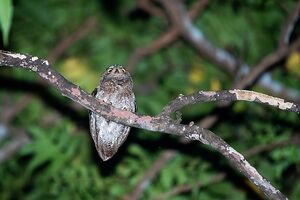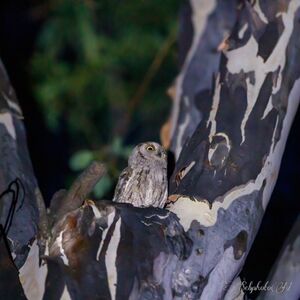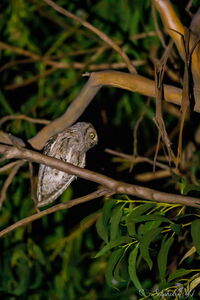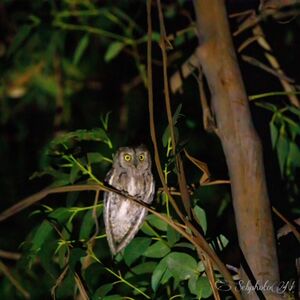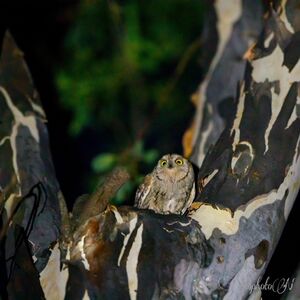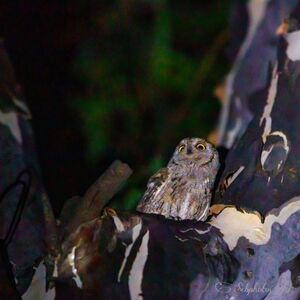A delightful encounter at the campsite
A while back, we introduced you to the various little animals populating our four-star campsite Les Jardins de La Pascalinette ® in La Londe-les-Maures. The presence of these small mammals, birds and insects is living proof that our eco-friendly campsite is committed to protecting the environment and its wildlife. From time to time, our guests delight us with tales of the encounters they have made while strolling around the campsite’s tree-lined alleyways. Today, we bring you the story of SebPhotoNature® and a little Elegant Scops-Owl…
Introduction to the Scops-Owl
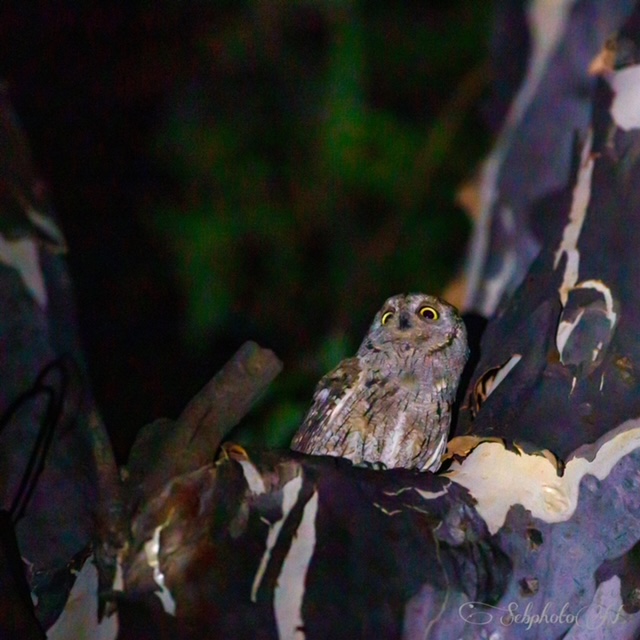
– Credits: SebPhotoNature®
The Elegant Scops-Owl or Otus elegans belongs to a family of nocturnal birds of prey found on every continent with the exception of Antarctica. Its size varies from “very small” to “large” There are no marked differences between the male and female owls, except that the females are larger than the males, as is typical with nocturnal birds of prey. They have large, round heads and a feathery collar around their eyes known as the facial disc.
The Scops-Owl has small, erectile tufts of feathers above its eyes known as “aigrettes”, which can be easily mistaken for ears. These tufts, or lack thereof, make it easy to differentiate various species of owls.
A partner to the Bird Protection League (Ligue de Protection des Oiseaux) and official LPO Refuge, your favourite nature campsite is thrilled to offer our campers and visitors the opportunity to view some of these timid little birds.
Photo credits: SebPhotoNature® (except photo 1: source Wikipedia)
Did you know?
The owl’s facial disc, which directs sounds towards the ears and allows the bird to locate prey with great precision, is the result of the extraordinary adaptation of the owl’s hearing abilities to night-time hunting.
Although sight is their secondary sense, their head is able to swivel an amazing 270° thanks to their 14 cervical vertebrae (while we only have 7!). Unlike ours, the diameter of the owl’s carotid artery does not diminish as it crosses the neck, but on the contrary, widens at the base of the head, forming reservoirs of blood that help provide blood flow during extreme rotation.
The hunting technique of owls is also made more efficient by their particularly silent flight. Their quills (the large, rigid feather on the wings) are designed differently from those of other birds, significantly reducing wing friction and hence noise during flight.
You may well be lucky to come across one of these superb animals built for hunting during your night-time stroll after a fun evening at the campsite. 😉

